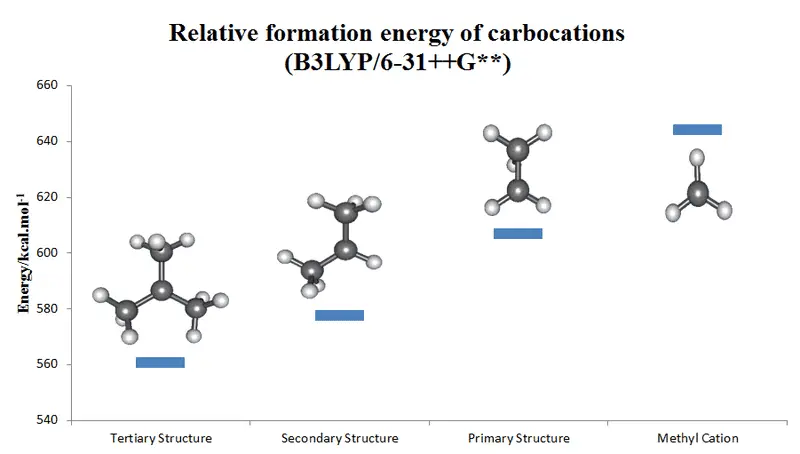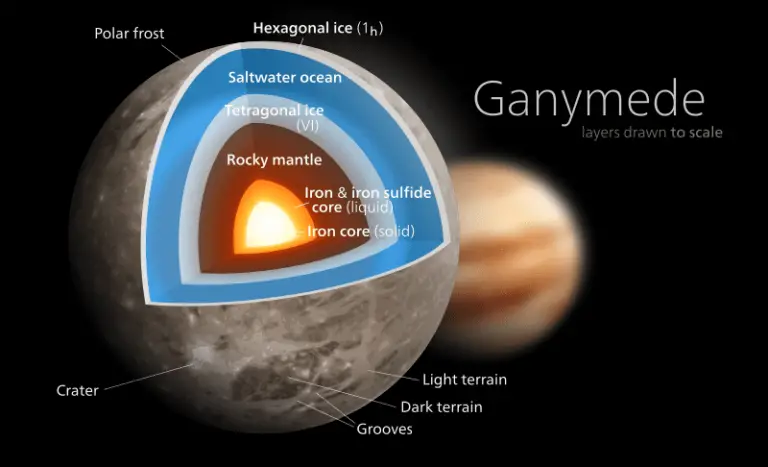3 Types of Stored Energy Explained
Types of stored energy are; chemical potential energy, gravitational potential energy, and hydraulic potential energy.
From the above, it can be deduced that stored energy is in potential form, rather than kinetic.
This article discusses the types of stored energy, as follows;
1). Chemical Potential Energy (as one of the Types of Stored Energy)
Chemical potential energy is energy stored in the chemical bonds that occur between atoms in molecules and compounds [1].
It is the most basic form of stored energy that can be found in natural ecosystems.
The presence of significant amounts of chemical potential energy in the bonds of a substance is an indication that the substance or material in question can be used as an energy resource.
Chemical potential energy is stored in food, where it occurs as bioenergy that can be acquired by organisms through feeding.
Other substances like fossil fuels (coal, natural gas, petroleum), nuclear fuels, and biofuels all contain chemical potential energy.
When energy-rich substances break down through chemical reactions and biochemical processes like biodegradation and combustion, chemical potential energy is converted to other forms, and released from the substance.
A common form of energy to which chemical potential energy is converted, is thermal energy. This thermal energy, once released, can be utilized for various purposes that include domestic and industrial heating, and electricity generation.

2). Gravitational Potential Energy
Gravitational potential energy is a stored form of energy that occurs in all materials which are subject to the influence of gravitational force fields.
What this means is that all bodies at or near the surface of the Earth possess gravitational potential energy due to the Earth's gravitational pull.
The magnitude of gravitational potential energy in any given body depends on factors like mass, distance from Earth's center, and height above ground or sea level.
Below is the equation of gravitational potential energy;
P= mgh--- (1)
Where;
P= Gravitational Potential Energy (Joules; J)
m= Mass of Body (kg)
g= Gravitational Acceleration (m/s^2; N/kg)
h= Height of Body (m)
The equation shows that gravitational potential energy increases with increase in mass, and height of a body.
It must be noted that gravitational potential energy is different from gravitational potential; which is itself a measure of the work done in moving a body from one point in a gravitational field to another, and is calculated in units of Joules per kilogram (J/kg).
Gravitational potential energy is released and converted to other forms such as kinetic and mechanical energies, once a stationary body begins to move, especially under the influence of gravity itself.
This is the principle that governs falling objects, and is used in power plants like hydro energy and wave energy systems, so that the converted gravitational potential energy is used to rotate a turbine and generate electricity.

3). Hydraulic Potential Energy (as one of the Types of Stored Energy)
Hydraulic potential energy is stored energy in fluid-based systems, which occurs due to the accumulation of significant volume of the fluids in a given area.
Systems that possess hydraulic potential energy include all systems where the dominant medium is fluid, which could be liquid, as in water; or gaseous, as in steam.
Hydraulic potential energy can be calculated using the formula;
E= PQt--- (2)
Where;
E= Hydraulic Potential Energy (J)
P= Pressure (bars)
Q= Flow Rate (liters/minute)
t= Time (s)
The formula is derived by multiplying hydraulic power (pressure × flow rate) by time.
Factors that affect the magnitude of hydraulic potential energy include pressure, density, flow rate, time and height.
Hydraulic potential energy is converted to kinetic energy when a fluid loses its stationary state and flows under the influence of gravity. It is highest when the fluid is allowed to fall from a height.
Close thermodynamic links exist between hydraulic and gravitational potential energies, and this link is exploited in all hydraulic systems including those in which the working fluid is in gaseous form, such as steam turbines.
In turn, chemical potential energy can be converted to thermal energy that can help provide heat and pressure to drive a hydraulic system. This is used in electric generators and all steam-driven hydraulic systems.
Conclusion
Types of stored energy are;
1. Chemical potential energy
2. Gravitational potential energy
3. Hydraulic potential energy
References
1). Cooper, M.; Klymkowsky, M. W. (2013). "The Trouble with Chemical Energy: Why Understanding Bond Energies Requires an Interdisciplinary Systems Approach " CBE life sciences education 12(2):306-12. Available at: https://doi.org/10.1187/cbe.12-10-0170. (Accessed 5 March 2023).




